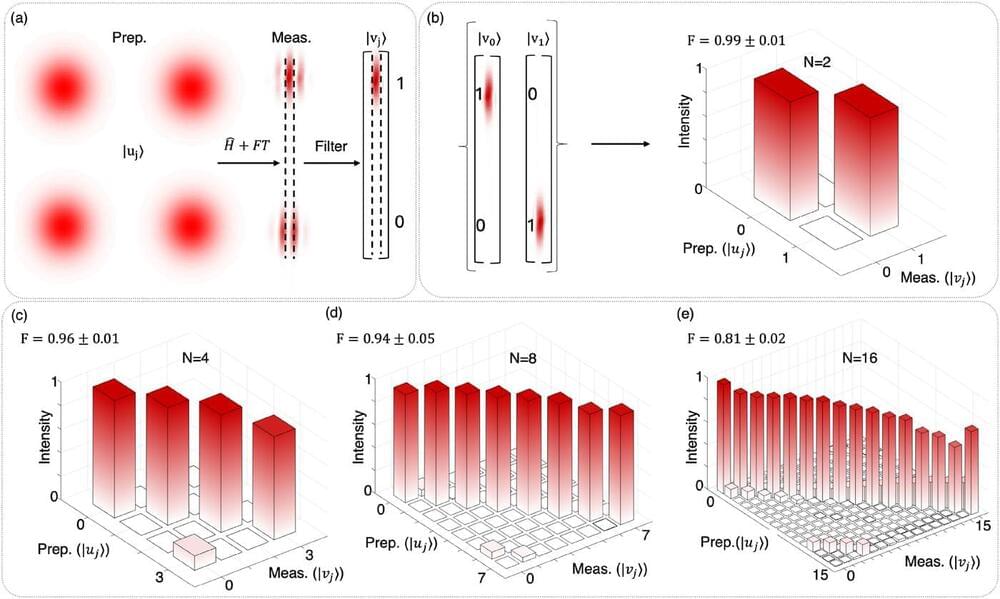Tesla Optimus has taken a step closer to human-like dexterity, showcasing its upgraded hands with impressive capabilities. A recent video highlights the robot catching a tennis ball using its new hands, which now feature 22 degrees of freedom. By comparison, human hands have 27 degrees of freedom, making Optimus’ latest enhancements a significant stride in robotic engineering. In May 2024, Elon Musk hinted at these upgrades, and the results are now visible.
This development aligns closely with Neuralink’s recent milestone—the United States Food and Drug Administration has granted approval for the CONVOY Study. This feasibility trial aims to test the Brain-to-Computer-interface N1 Implant alongside assistive robotic arms, hinting at the possibility of collaboration between Tesla Optimus and Neuralink technologies. During a Neuralink update in July, Elon Musk mentioned the potential for Optimus’ limbs to work in sync with the N1 Implant, emphasizing a vision where human minds control robotic systems seamlessly.
Optimus itself is a technical marvel, standing five feet eight inches tall and weighing 125 pounds. Designed for versatility, it is constructed with lightweight yet durable materials and powered by a 2.3 kilowatt-hour battery. This proprietary energy management system ensures efficient operation for tasks ranging from light to intensive. With 40 electromechanical actuators, Optimus offers precise movements and a human-like range of motion. Capable of walking at speeds up to five miles per hour and carrying up to 45 pounds, this robot is designed for real-world utility, blending innovation with practicality.
#teslaoptimusrobot #robottechnology #elonmuskupdates.
Get More Great Car Videos — Subscribe: https://goo.gl/BSIaFc







